More than two thousand years ago, China began to use wood to make furniture and flooring. But today, our consumers know very little about the solid wood flooring on the market. The names of those woods are already big, and they are different for different woods. The performance is even more ignorant, and how to choose is a headache.
This time, Xiaomu will give you a look at the popular science of these 20 flooring tree species that are currently on the market.
1
maple
Maple is a temperate wood, divided into soft maple and hard maple. The color is gray-brown to gray-red, the annual ring is not obvious, the tube holes are many and small, and the distribution is even.

Advantages: Maple has beautiful texture, giving people a refreshing and concise feeling; interlaced texture, fine and uniform structure, light and hard.
Disadvantages: The cut surface is not smooth, and it is easy to warp when dry; the color is light and needs frequent care.

2
Black walnut
Dark walnut chocolate color, lavender to dark brown, interspersed brown, light color difference texture, fine pattern, beautiful texture, after fine polishing, the texture is very good.
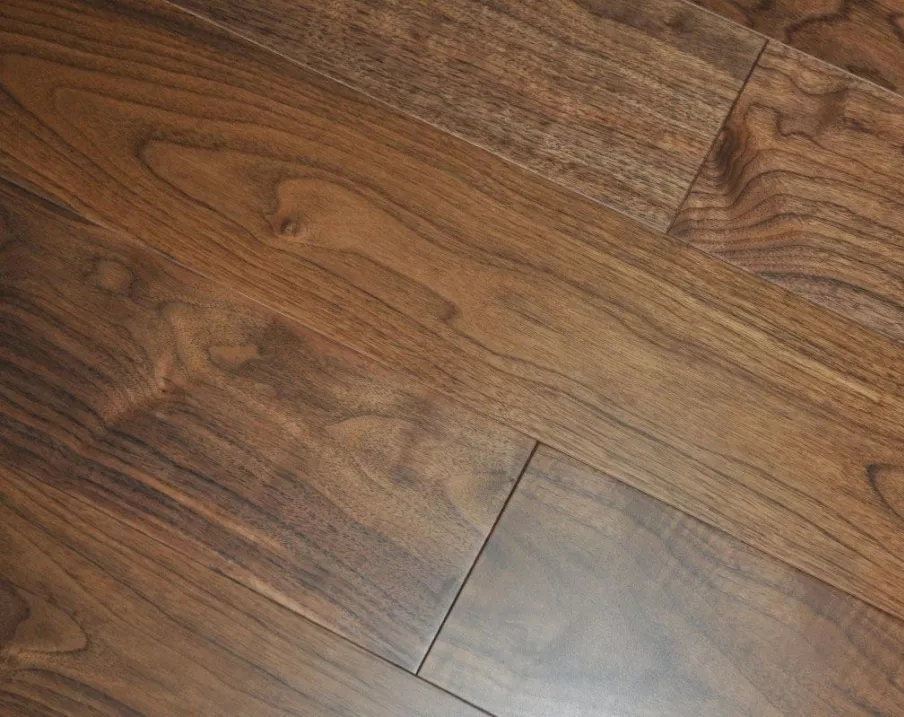
Advantages: beautiful wood pattern; low shrinkage rate; not easy to crack and deform; strong hot pressing ability; strong durability; strong anti-corrosion ability of heartwood.
Disadvantages: The resistance to compression and bending is only moderate; it needs to be taken care of; it is easy to be damaged by mealy bugs, poor toughness, and relatively expensive.

3
Rosewood
The raw material for rosewood flooring, rosewood, belongs to the red sandalwood tree species. The wood is relatively hard, and the color is mostly red, reddish purple, the texture is very clear, and the color is softer. The color near the center of the wood is lighter, and the deeper the outside, the darker the color, red or red brown.

Advantages: hard, corrosion-resistant, insect-proof; with clear texture and good texture.
Disadvantages: There are fewer high-quality trees, mostly imported wood, so raw materials are scarce and expensive.
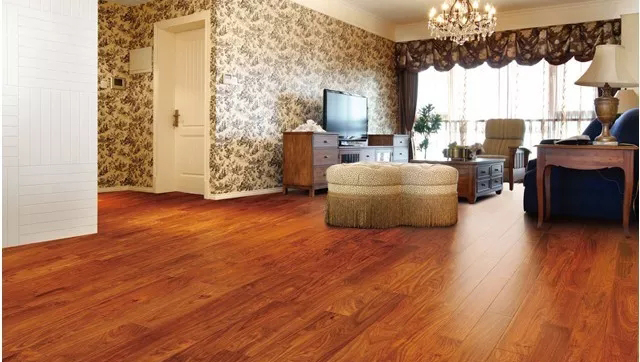
4
birch
The raw material of birch flooring is the world's popular tree species. There are about 100 species in the world, mainly distributed in the northern temperate zone, and a few are distributed in the Arctic region. There are 29 species and 6 varieties in China, which are distributed throughout the country. The plant resources are very rich.
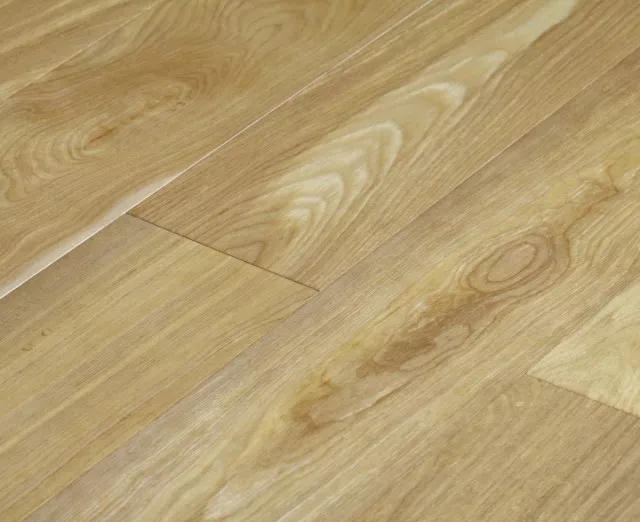
Advantages: abundant resources, relatively cheap price, and light birch color, strong decorative.
Disadvantages: The material is soft and not resistant to corrosion; the fiber has poor shear resistance and is not of good quality.
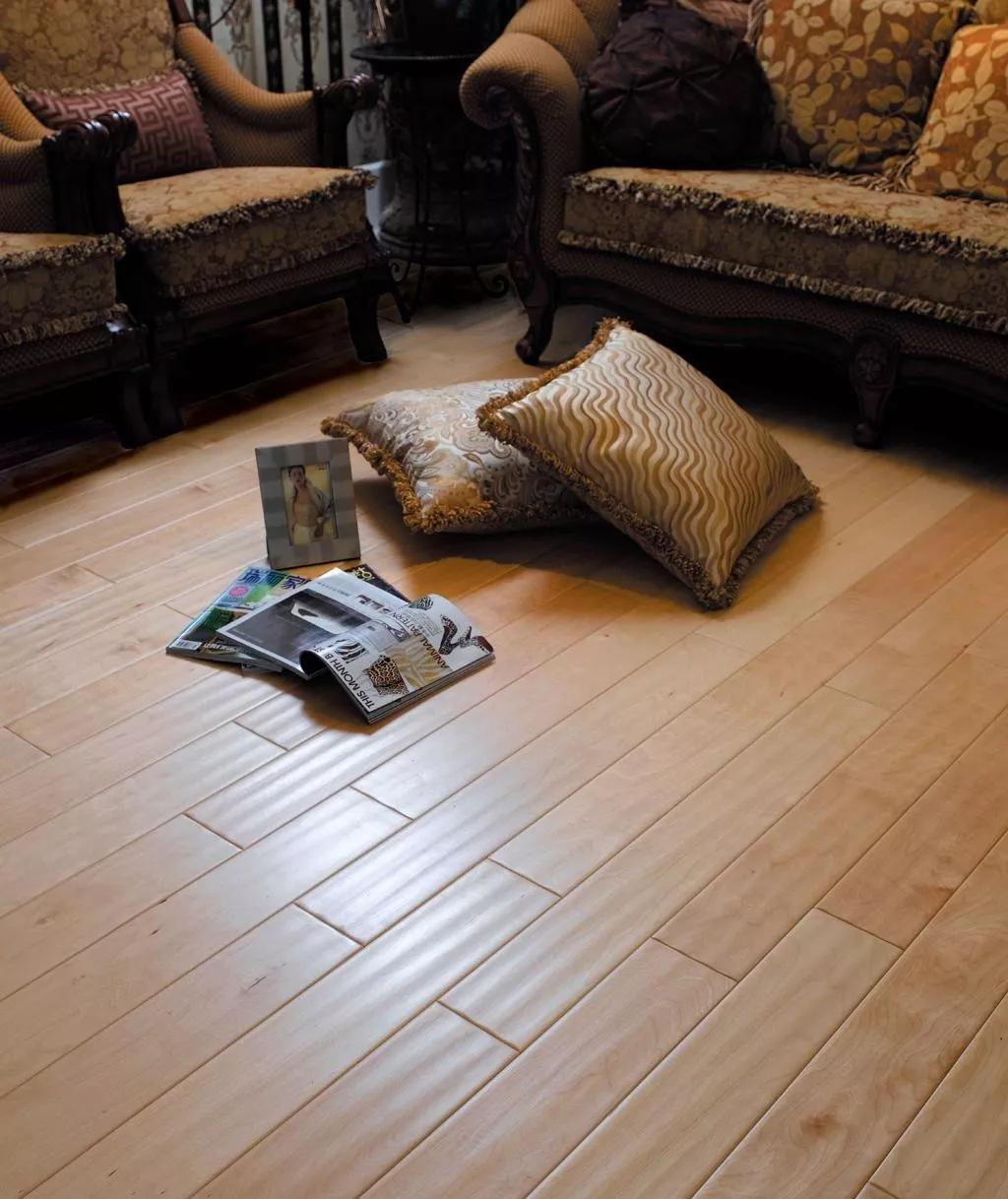
5
Beech
Common beech woods are: domestic three beech, which has high hardness but poor stability and is easy to crack. European Beech is divided into Western Europe and Eastern Europe according to the place of origin. Western Europe is yellowish white, Eastern Europe yellowish red.
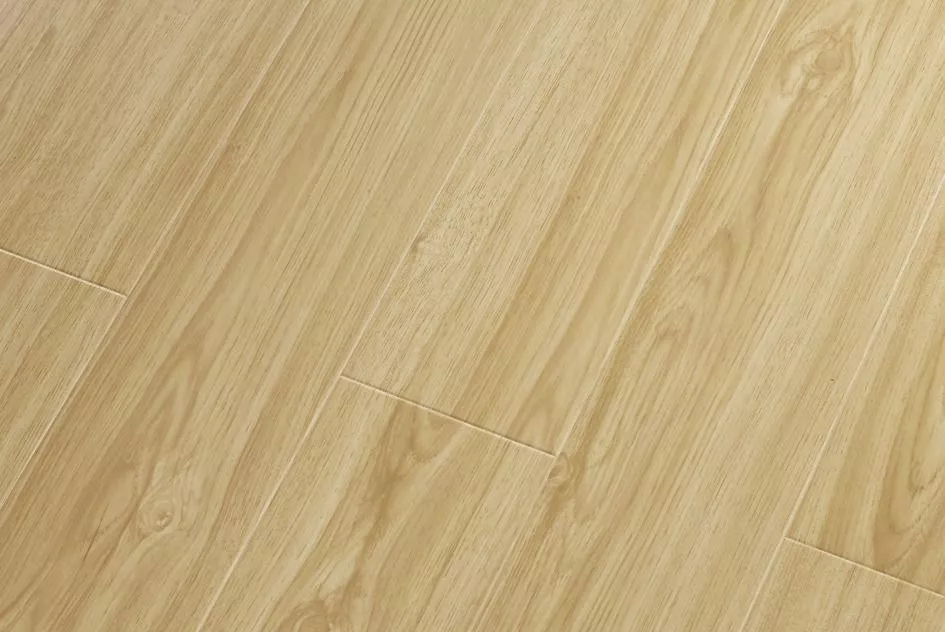
Advantages: clear texture, uniform wood texture, soft and smooth color tone; good load-bearing performance, good compression resistance, and hard material.
Disadvantages: The stability is slightly poorer, and it is easier to crack; due to different tree ages, the material density is different.

6
Pine
Pine has a long growth cycle, fine annual rings, flexible wood texture, low oil content, and even distribution of yin and yang colors. It has a loose fragrance, light yellow color and many boils.

Advantages: clear and beautiful texture, full and smooth lines, and good texture; strong practicability and durability; strong elasticity and air permeability, good thermal conductivity and simple maintenance.
Disadvantages: pine is not moisture-proof, not resistant to sunlight, and it is easy to change color in sunlight, causing deformation and cracking.

7
Elm
Elm is a major production material for parquet, and many parquets on the market are elm.

Advantages: high strength, good hardness, clear texture and beautiful appearance.
Disadvantages: The wood has high humidity and is easy to deform; and it is easy to grow insects and shrink seriously.
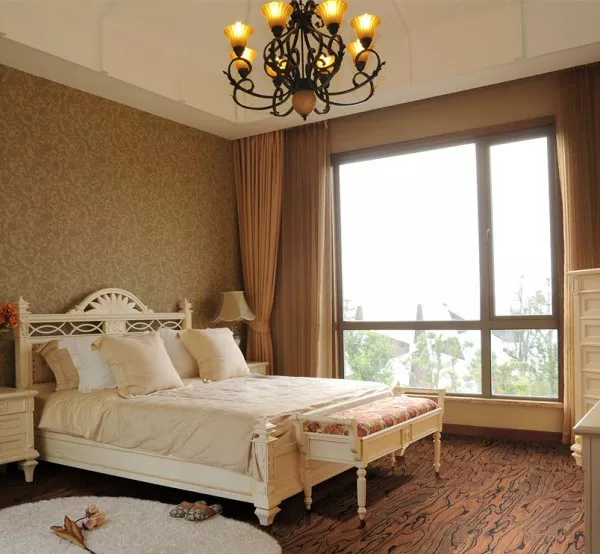
8
Basswood
The white wood part of basswood is usually quite large and creamy white, gradually incorporating light to brownish red heartwood, sometimes with darker stripes. It has the characteristics of grease, wear resistance, corrosion resistance, not easy to crack, fine wood grain, easy processing, and strong toughness.
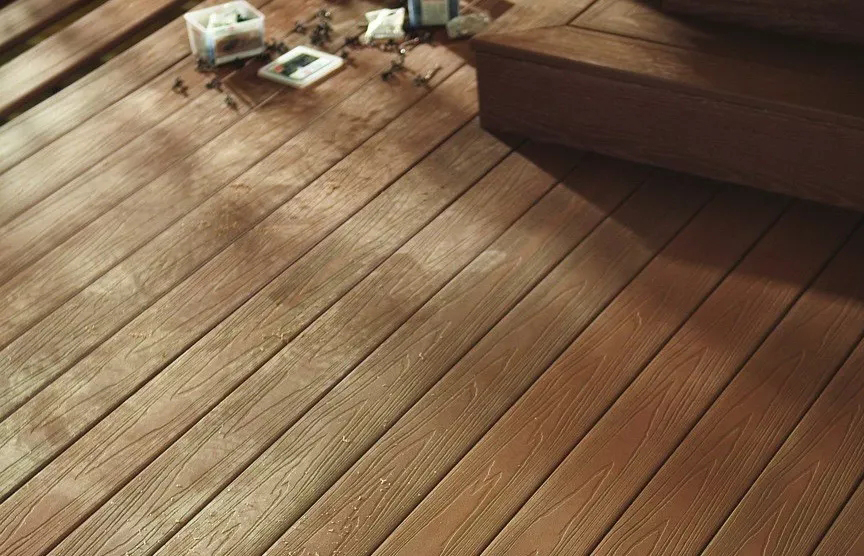
Advantages: It has the characteristics of grease, wear resistance, corrosion resistance, not easy to crack, fine wood grain, easy processing, and strong toughness.
Disadvantages: Basswood has poor corrosion resistance and poor steam bending resistance.

9
Oak wood
Tussah wood is brown-red, fire-resistant, well-developed root system, and intolerant to salt and alkali; it has the characteristics of hard material, high specific gravity, fine grain, beautiful appearance, corrosion resistance and moisture resistance.

Advantages: The wood is hard in texture, high in strength, large in proportion, and dense in structure; unique wood grain, clear and beautiful texture; and oak wood has medium bending strength and rigidity, excellent steam bending resistance, moisture resistance, and abrasion resistance.
Disadvantages: The wood is not easy to dry, and the moisture content is difficult to control, resulting in easy deformation.

10
oak
The oak core is yellowish-brown to reddish-brown, with obvious growth rings and slightly wavy. It is widely used for decorating materials and wine barrels. They are distributed in the temperate regions of the northern hemisphere.

Advantages: high strength, abrasion resistance, elegant color, beautiful texture, and strong comfort.
Disadvantages: There are few high-quality tree species, mostly imported from the United States and Russia, and the price is relatively high.

11
Camphor wood
The color of camphor wood is reddish bronze, the texture is clear and beautiful, the material is hard, the strong camphor aroma, the taste is refreshing, and it is spicy. Cinnamomum camphora (Small-leaf camphor) is the most precious wood, and its fragrance is far better than other camphor woods, followed by sassafras.

Advantages: It can absorb peculiar smell in the air and adjust indoor air humidity.
Disadvantages: Some people are allergic to the smell of camphor wood, so they are not suitable for use.
12
Teak
Teak is known as the "King of Ten Thousand Woods". It takes at least 50-60 years from growth to maturity. It is the only wood that can experience seawater erosion and sun exposure without bending and cracking.
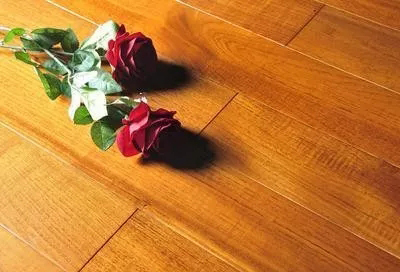
Advantages: high density and hardness, not easy to wear. The color of the planed surface can be oxidized into golden yellow through photosynthesis, and the color becomes more beautiful with time.
Teak wood is rich in iron and oil. This iron and oil make it resistant to deformation. It is anti-insect, anti-termite, anti-acid and alkali, especially moisture-proof, corrosion-resistant, and has a natural fragrance.
Disadvantages: the price is more expensive.

13
Balsamic Dal
Commonly known as red sandalwood, the global output is very small, and it is even more rare and precious due to difficult processing and low yield. The trunk is straight, cylindrical, and without roots. The heartwood is reddish-brown to purple-red-brown with light-colored stripes; it is clearly different from the sapwood. The sapwood is nearly white. The growth ring is not obvious.
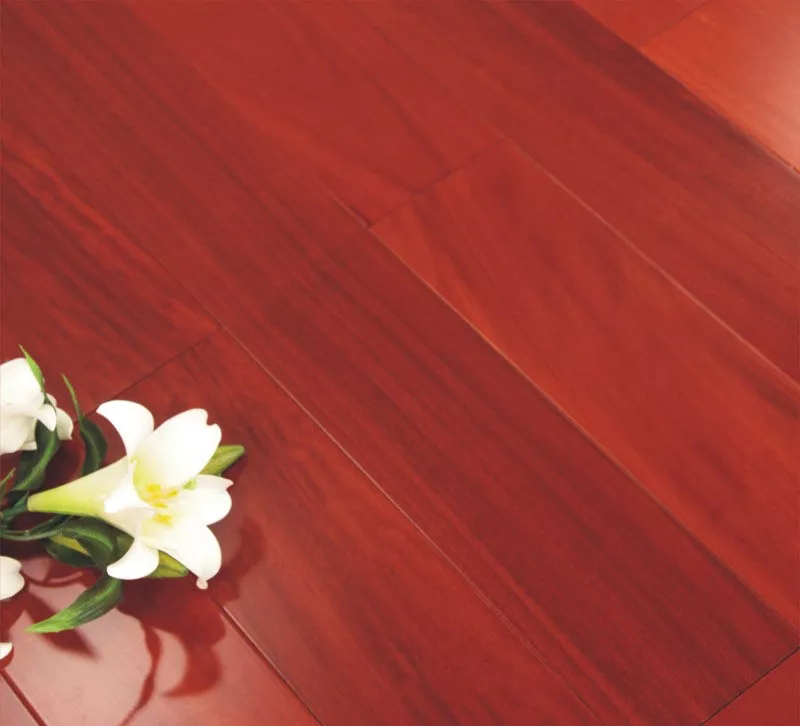
Advantages: corrosion resistance, anti-bacterial, anti-insect and ant harm; beautiful pattern, natural fragrance, wood fragrance overflowing.
Disadvantages: Poor durability to moisture and sunlight, easy to expand and contract, requiring regular floor waxing.
14
Heavy Antwood
The heavy antwood is called "red sandalwood", and it is one of the most dense hardwoods in the world. Its hardness is three times that of Chinese fir. It has strong luster, interlaced texture, dark and light stripes, strong artistic sense, strong wood corrosion resistance, insect resistance, and termite damage.

Advantages: wear resistance, good stability, uniform shrinkage and expansion.
Disadvantages: The texture is hard, not suitable for delicate wood crafts.
15
Iron hematoxylin
Also known as South American golden sandalwood, the iron hema tree is more than hundreds of years old. The tree species is rare, contains iron, has high tissue density, toughness, excellent moisture resistance, does not shrink or expand, and is suitable for the climates of all parts of my country.

The wood structure is fine, the vision is gentle, and the seasons are suitable. The texture is intricate, the fiber is condensed with halo, will not crack, and is full of beauty.
Advantages: fine texture, strong paint film adhesion, good corrosion resistance.
Disadvantages: The drying shrinkage is too large, the wood is prone to cracking in a specific environment, and the grease distribution is uneven.
16
Fragrant two-winged beans
The fragrant two-winged bean is commonly known as dragon and phoenix sandalwood. The wood is hard and has a distinctly coiled unique texture. It looks like a dragon and a phoenix, with a stable color, noble and elegant.
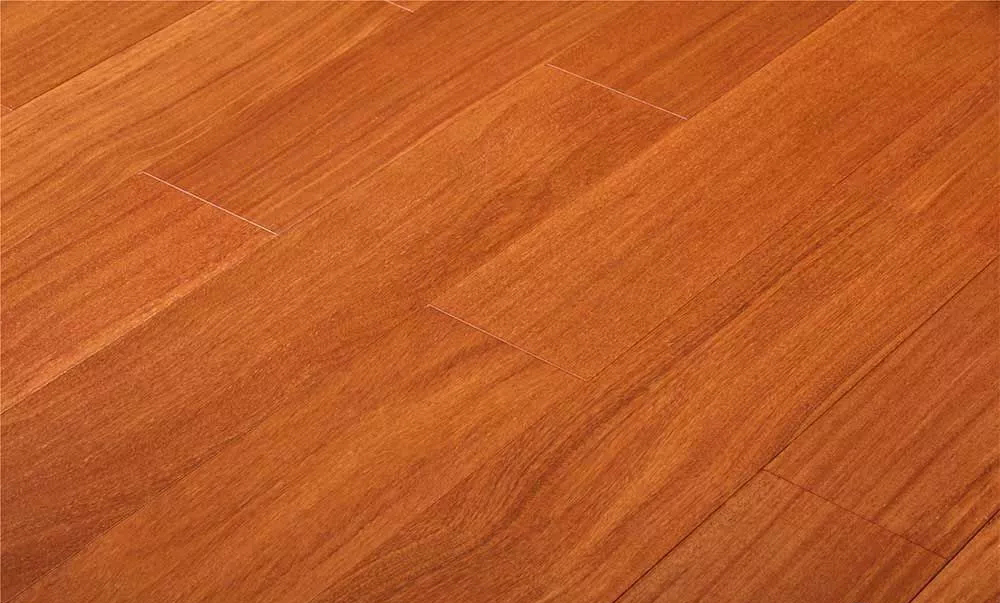
Advantages: glossy, hard or very hard material, corrosion resistance, wear resistance, termite resistance, beautiful texture, more uniform, high strength, and material color is pleasing to the eye.
Disadvantages: more frauds.
17
Pick Yamu
Pick Yamu, commonly known as the king of teak. The wood has scattered holes, the heartwood is light golden brown when it is freshly cut, and becomes darker with a long time, and is brown or reddish brown. It is distinct from the sapwood. The sapwood is white when it is freshly cut and becomes light brown in the atmosphere for a long time. The growth ring is not obvious.
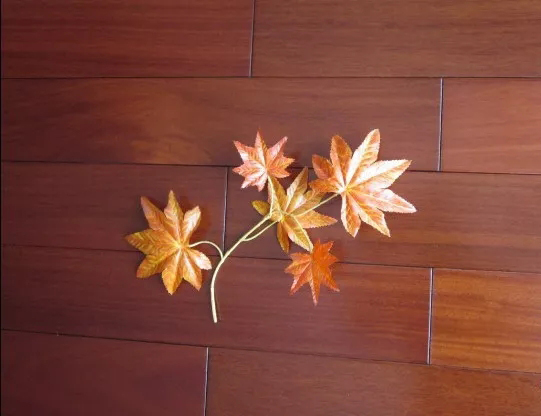
Advantages: fine texture, hard material, excellent wear resistance, pressure resistance, impact resistance, corrosion resistance, and termite resistance.
Disadvantages: slow drying and easy to crack.
18
Merbau
Large trees, up to 45m high, 1.5m or more in diameter; distributed in Malaysia, Indonesia, the Philippines, southern Myanmar, Thailand, New Guinea, Solomon, Fiji and Samo Islands. Wood diffuse holes. The heartwood is yellow, orange-brown, with dark and light intersecting stripes. The edge of the heartwood is distinct, and the structure is general and uniform; the wood is shiny; there is no special smell; the gold thread is mixed, the color is solemn and durable, the price is moderate, and many people like it.
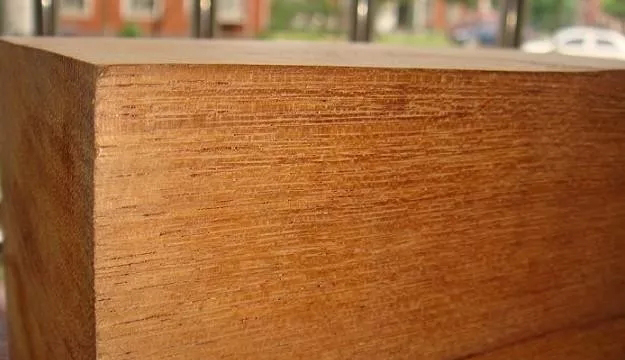
Advantages: hard material, high density; beautiful texture, wear resistance, corrosion resistance and mothproof.
Disadvantages: higher requirements for installation.
19
Jatoba
Jatoba is also called Brazilian teak. Mainly distributed in South America, the most flourishing near the Brazilian Amazon. Wood diffuse holes. The heartwood is brown, and the edge and heartwood are distinct. The sapwood is nearly white, with straight grain, slightly coarse structure and slightly uniform. The wood is shiny and has no special smell.

Advantages: heavy, high strength, very resistant to corrosion. Strong resistance to white rot fungi, brown rot fungi and termites, and strong oil absorption. The paint is smooth and stable.
Disadvantages: wood drying shrinkage is large.
20
Ash wood
European white wax wood has high quality, durability, elasticity and beautiful patterns. It is a heartwood tree species. The sapwood is slightly yellowish, the heartwood is light brown, and the heartwood is gradually transitioning to board.

Advantages: smooth cut surface, good adhesive performance, easy to paint, good processability, relatively hard material, anti-vibration, good steam bending effect, good anti-corrosion effect, not easy to aging, small change of heartwood.
Disadvantages: Domestic ash mainly relies on imports, so timber is very scarce and imports are limited. The drying performance is relatively poor, and it is easy to crack and deform. The surface of ash wood furniture is easy to fluff. The construction method is very particular during the production process.
Trifloxystrobin Fungicide,Trifloxystrobin Systemic,Trifloxystrobin Mode Of Action,Trifloxystrobin Cas No 141517217
Jiangsu Hanlian Biological Technology Co.,Ltd , https://www.hanlianbio.com